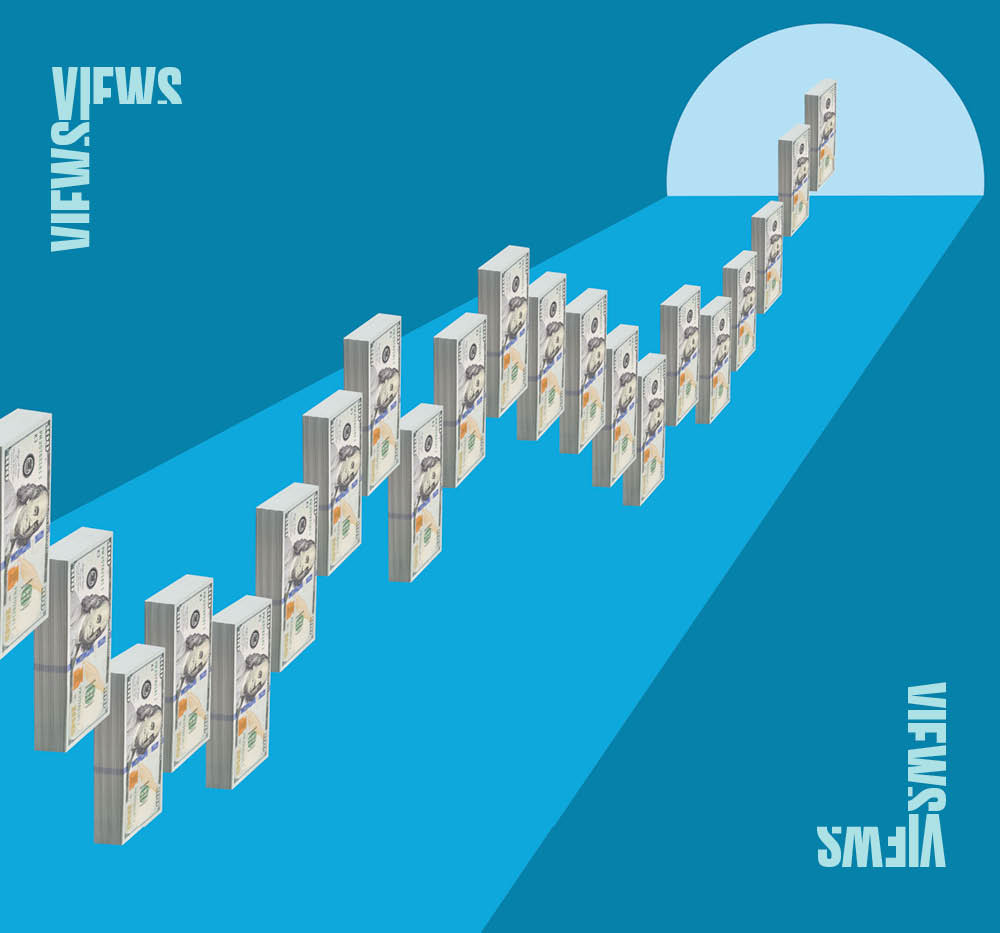As payment innovation continues to gather pace, government treasury professionals face unique challenges in navigating the evolving landscape. Jansen Sauvageau, Director of Public Sector, Treasury Services at BNY, explores what should be top of mind for delivering a digital payment experience in the public sector.
The payments landscape is rapidly changing, with traditionally paper-based processes being replaced by digital alternatives — bringing with them lower costs and increased efficiency, as well as the potential to reduce fraud risks and improve customer experiences and relationships.
While the transformative impacts of these developments are being felt within corporate treasuries, government treasury professionals have yet to fully unlock these benefits, which could impact their ability, in the long term, to meet the needs of the communities they serve.
What are the key trends shaping the future of payments, and what could it mean for public sector banking?
1. Uncovering benefits of real-time disbursements
Real-time payments have the potential to transform the speed of doing business in the public sector. In 2017, The Clearing House launched the first real-time payment rail in the United States — known as the Real-Time Payments® (RTP) network. This was followed in 2023 by the introduction of the Federal Reserve’s new instant payment infrastructure, the FedNow® Service, which expands the accessibility of real time payments to a broader customer base.
Integrating these new payment rails can provide businesses and individuals with instant payment settlement. During a crisis, for example, policy changes can enable expedited distribution of emergency aid. This will help ensure often-vital cash injections can reach communities where they are needed most in a timely and effective manner.
Digital payments can also reduce processing costs per transaction and minimize the level of administration required — freeing up time and resources that can enable governments to streamline their day-to-day operations.
2. Supporting economic growth and encouraging financial inclusion
When trying to reach unbanked or underbanked communities, traditional disbursement methods, such as checks, are often not an option. This is due to their reliance on traditional banking services or the high cost of alternative financial services providers offering check-cashing services. By comparison, digital disbursements are more accessible and scalable across federal, state and local jurisdictions.
Through an initiative with MoCaFi, a Black-founded fintech platform leading financial empowerment for traditionally underbanked and unbanked communities, BNY is extending a comprehensive digital disbursement payment service that allows governments and corporate clients to seamlessly distribute payments and disbursements — such as disaster relief, financial aid and employee payroll — to individuals without access to a traditional bank account.
3. Safeguarding public sector payments and reducing fraud
Through better fraud mitigation tools, governments can reduce risk and build stronger guardrails around payments to protect recipients, helping to improve trust between government and the people it serves.
Pre-validating transaction information using available Account Validation Solutions (AVS) can mitigate the risk of financial loss and reputational damage due to fraud, and it can also reduce the risk of delays and manual handling due to failed transactions. Validation solutions not only allow governments to know whether a receiving account is open and in good standing prior to sending a transaction but they can also validate ownership information on the receiving account. The real-time nature of validation solutions authorizes transactions quicker, leading to an improved end-user experience while also reducing administrative costs.
Cybersecurity sits alongside fraud prevention as an important and complementary discipline. Cyberattacks against government agencies and public sector services were up 40 percent in the second quarter of 2023 compared to the previous quarter.1 In the field of payments, one of the most common — and perhaps most damaging — types of attacks is ransomware, in which bad actors encrypt critical payment processing systems and demand a ransom for the decryption key.
When these systems are locked down, government treasurers are unable to process any payments, including essential disbursements such as salaries for employees and social welfare benefits. By prioritizing cybersecurity and fostering partnerships with banking and technology providers, governments can better protect their payment systems from cyberattacks — minimizing financial strain and potential operational chaos.
Navigating a dynamic payments landscape
Keeping these digital payment trends top of mind when looking to integrate digital payments and related solutions, government treasury professionals can enhance the speed of transactions while ensuring that every transaction is transparent and traceable.
As public sector banking continues to navigate this dynamic landscape, it’s evident that embracing technological advancements — and the payment options they facilitate — will play a critical role in serving communities into the future.
1 “Global Threat Intelligence Report,” blackberry.com, BlackBerry Cybersecurity, August 2023 edition.
BNY, BNY Mellon and Bank of New York Mellon are corporate brands of The Bank of New York Mellon Corporation and may be used to reference the corporation as a whole and/or its various subsidiaries generally and may include The Bank of New York Mellon, a banking corporation organized and existing pursuant to the laws of the State of New York operating in the United States at 240 Greenwich Street, New York, NY 10286 and operating in England through its branch at 160 Queen Victoria Street, London EC4V 4LA, England. The information contained in this material is for use by wholesale clients only and is not to be relied upon by retail clients. Not all products and services are offered at all locations.
This material, which may be considered advertising, is for general information and reference purposes only and is not intended to provide tax, legal, investment, accounting, financial or other professional advice on any matter, and should not be used or relied upon as such. This material does not constitute a recommendation by BNY of any kind. The views expressed within this material are those of the contributors and not necessarily those of BNY. BNY has not independently verified the information contained in this material and makes no representation as to the accuracy, completeness, timeliness, merchantability or fitness for a specific purpose of the information provided in this material. BNY assumes no direct or consequential liability for any errors in or reliance upon this material.
This material may not be reproduced or disseminated in any form without the express prior written permission of BNY. BNY will not be responsible for updating any information contained within this material and opinions and information contained herein are subject to change without notice. Trademarks, service marks, logos and other intellectual property marks belong to their respective owners.
©2024 The Bank of New York Mellon. All rights reserved. Member FDIC.





